A Guide to Website Personalization for Inbound Marketing Success
Written by
An immersive and tailored experience on a website is imperative to inbound marketing success. That immersion comes from website personalization — giving visitors to your website an experience unique to them, as if they were returning to a business and shaking hands with someone they’ve spoken to before.
It’s not enough to have an attractive website. People don’t only want to be treated like humans — they want to be treated as unique individuals. They want their name spoken to them in conversation. They may want someone to remember their last purchase and ask how it’s going. They want the kind of personalization that leaves a positive lasting impression.
Giving people as custom an experience online as possible, without becoming invasive, is a key element to driving conversions and inbound marketing success. We’ve put together this guide to website personalization to get the ball rolling.
What is Inbound Website Personalization?
Personalization is when a website presents a visitor with content specifically tailored to their needs, interests, and goals.
We all recognize personalization as users but, as marketers, it can sometimes be a challenging methodology to implement. The key is your messaging. It can’t just be engaging — it has to be relevant, too. Your website should speak your prospects’ language, and your content should engage them with pertinent ideas to solve their specific needs.
Here are a few notable examples of web personalization you may recognize.
Amazon
Given how many people use Amazon, they’ve essentially created billions of personalized pages. When logged in, users will be greeted by name, shown products related to ones they’ve viewed, and a history of what they’ve recently shopped for.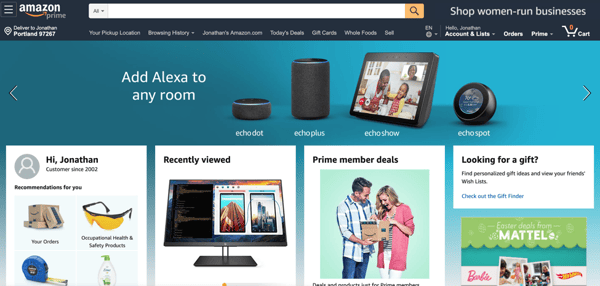
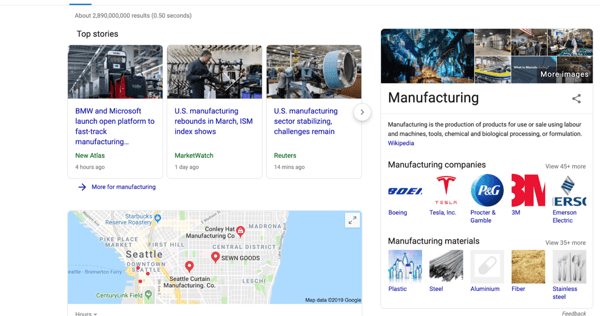
MOZ
Personalization doesn’t have to be complex. Take Moz’s login page, for example. The greeting and image change depending on the time of day — from a cup of coffee to an apple to a cupcake.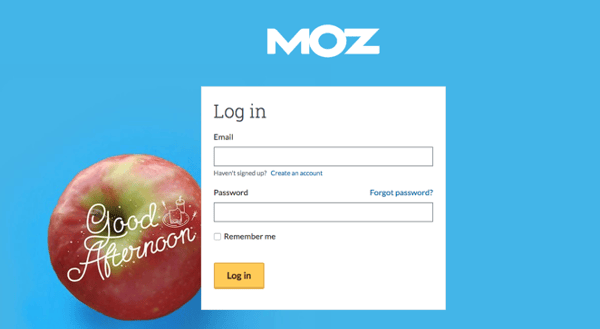
What Do You Need to Implement Website Personalization?
A personalized web experience similar to those examples is increasingly possible for inbound marketing websites, even from a B2B perspective. Content Management Systems (CMS) like HubSpot come with built-in personalization for sites hosted on their website platform. Two key web personalization tools in HubSpot’s arsenal are Smart Calls-To-Action (Smart CTAs) and Smart Content.
Smart CTAs are calls-to-action that change based on returning website visitors (usually contacts you’ve captured through a form submission). They can change based on a number of contact attributes, but important options include:
- Where a lead is in the buyer’s journey
- What their geography or language is
- How they fit within your persona scheme
- What industry they’re in
- What type of device they’re using (mobile vs desktop)
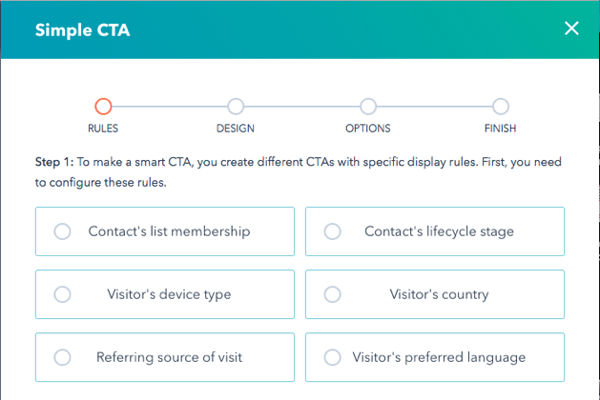
Smart Content is similar to Smart CTAs but enables entire web pages or sections to change. Think of Smart Content modules as text boxes that transform based on who’s viewing them. Imagine, for instance, your home page showing up with “Welcome, [USER NAME].”
More Details: 10 Examples of HubSpot Smart Content
Personalization and the Buyer’s Journey
There are many ways to personalize your company’s website, but you’ll need to have a plan in place from the start. Figure out methods of keeping content and the user experience personalized as you’re building your website and creating your content.
One important way to personalize your website is to match your architecture and navigation to the ideal persona and buyer's journey. Use what you know about each visitor to guide them through the site in a helpful way.
After determining your target personas, personalization planning begins by determining what kind of content will be most appropriate on your website given each stage of a persona’s buyer’s journey.
RELATED: How to Map the Buyer's Journey for B2B
1. Begin Personalization in the Awareness Stage
The buyer’s journey starts with awareness. Your visitor knows they have a problem, but is not sure how to solve it yet. If a visit is made to your website (to become more aware of you), you’re likely unknown to that prospect, and you definitely don’t know each other — yet.
Your website should provide that initial visitor with options. For instance, present a button on your home page of each industry to which your B2B manufacturing equipment company supplies products (eg.; Medical, Automotive, Industrial, Military). You’re giving that visitor a chance to receive specific information regarding ways to uncover and solve their problem.
Here’s where personalization can really come into play. Use Smart CTAs to point new visitors to top of the funnel (ToFu) information such as blog posts, eBooks, and white papers on topics relevant to them.
When that information is requested, ask the visitor for more information about their company. Similar to Amazon’s personalized page, your personalized inbound website can then target a return visit by using Smart CTAs to push relevant content for downloading while excluding the ones that have already been downloaded.
Similarly, you can use Smart Content to swap out entire blocks of content on your home page. This can be as simple as saying “Welcome Back” instead of “Hello,” or as complicated as changing the entire page content based on information you know about the lead.
2. Build Context in the Consideration Stage
The middle stage of the buyer’s journey is consideration. The person understands what the problem is, and now they’re trying to figure out the best solution to address it.
At this stage, personalization could be subtle but memorable. Is one sector that your B2B manufacturing equipment company serves the automotive industry? You may consider including a background video of a car on your About Us page, for example.
Similarly, swap out home page feature blog articles based on topics the lead has shown interest in, such as preventative maintenance. You've already gathered information about a visitor’s needs based on forms they’ve completed, so you can address the problem more directly now.
3. Provide Personalized Solutions in the Decision Stage
The last stage of the prospect’s buyer journey is the decision stage. Your visitor has figured out how they’re going to fix the problem. Now, a selection has to be made regarding who will supply that solution.
At this point, your Smart CTAs should direct leads to your product-specific documentation such as spec sheets, test results, and industry-specific case studies. Go a step or two further by developing company-specific web pages containing content that directly sells your products/services to that prospect.
Similarly, account-based marketing (ABM) targets one key prospect at a time. Your inbound website can feature content or even campaigns aimed directly at one account that delivers an engaging personalized experience.
How to Use Personalization to Continue to Delight Customers
Once you've closed the sale (congratulations!), a personalized website can be a strong tool in continuing customer relationships. Remember, it’s easier to keep existing customers than generate new ones. Keep thinking of ways to delight them!
For instance, now that you've sold your customer a new piece of equipment, share maintenance documentation for that equipment by presenting a Smart CTA on your home page or sending emails with links to informative blogs.
The HubSpot platform also offers tools for customer service and support to keep you connected to customers. This makes it easier to share your knowledge base of helpful articles and implement live chat on your site.
Continuously Improve Personalization
Another critical component of website personalization is to test and continuously improve. You can use A/B Testing to determine the effectiveness of your personalization efforts on your conversion rates. Test CTA variations, copy variations, colors and design elements, etc. Doing so provides crucial feedback directly from website visitors.
You can also implement a Growth-Driven Design (GDD) methodology for your company’s website to leverage user data to inform continuous improvements and determine where personalization would be most effective to improve your results.
Is Your Website Primed for Inbound Success?
With a personalized inbound marketing website, not only do you create a highly targeted and efficient lead generation machine, but you also create a more intimate experience for your visitors and leads, as well as your existing customers.
Is your website ready for personalization and other important inbound marketing tactics? Look things over with our free checklist, 10 Key Elements of an Inbound Website. Click the link below to download your guide today!
Subscribe To Our Blog
Information. Insights. Ideas. Get notified every time a new Weidert Group blog article is published – subscribe now!
You May Also Like...
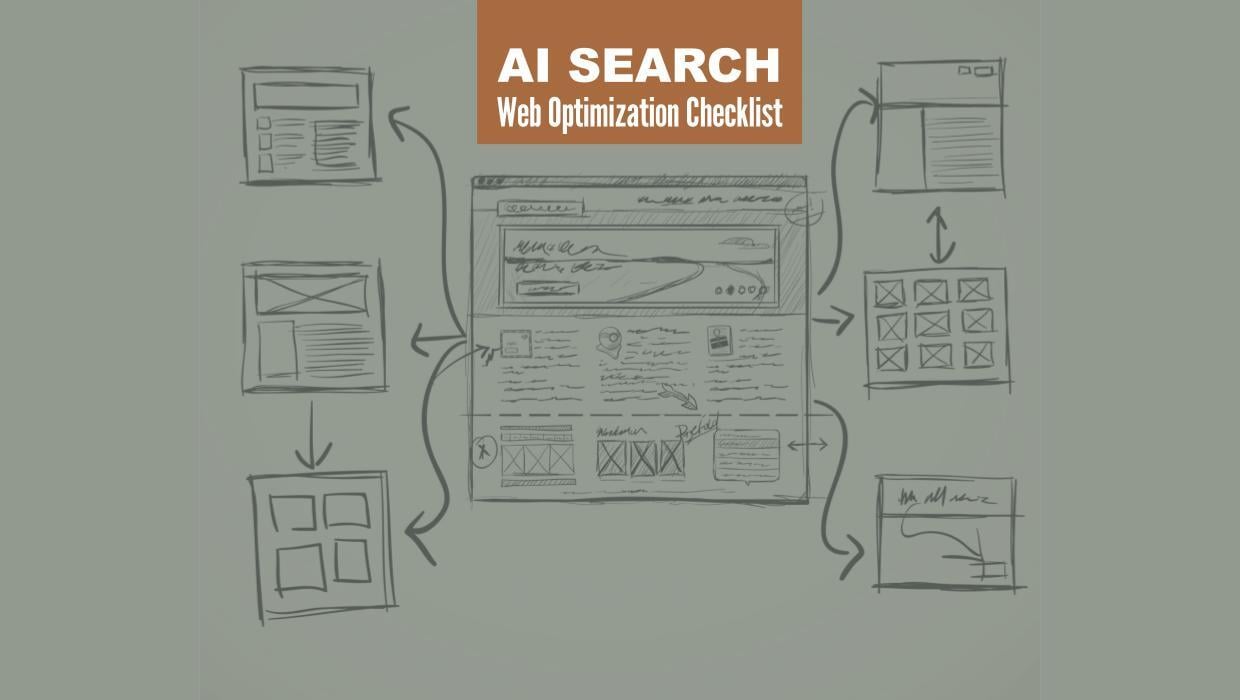
Search Engine Optimization
Optimize Your Industrial Website for AI Search
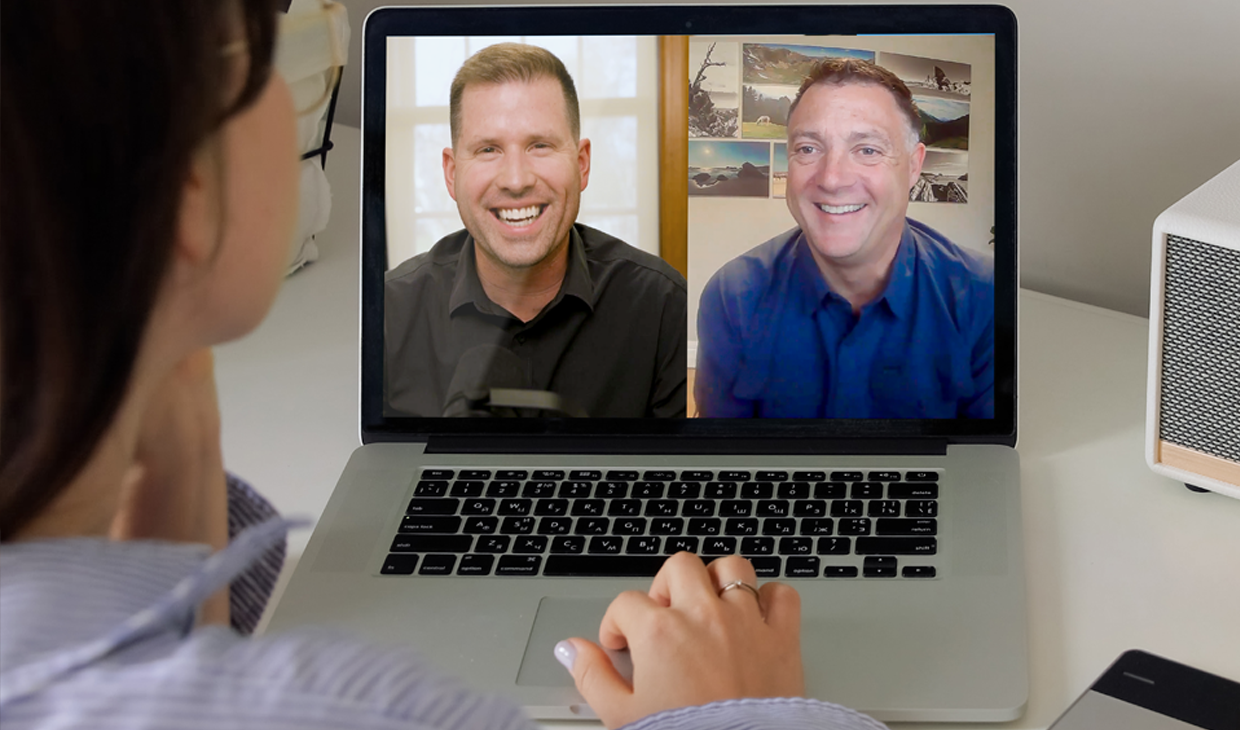
Marketing Technology
Why Unified Data Efforts Fail (and How Manufacturers Can Fix It)

Search Engine Optimization
How Falcon Rebuilt Industrial AI Search Visibility in 2025
Accelerate Your Growth with
Weidert Group
If you’re ready to explore a partnership, request a personalized consultation with our team.

